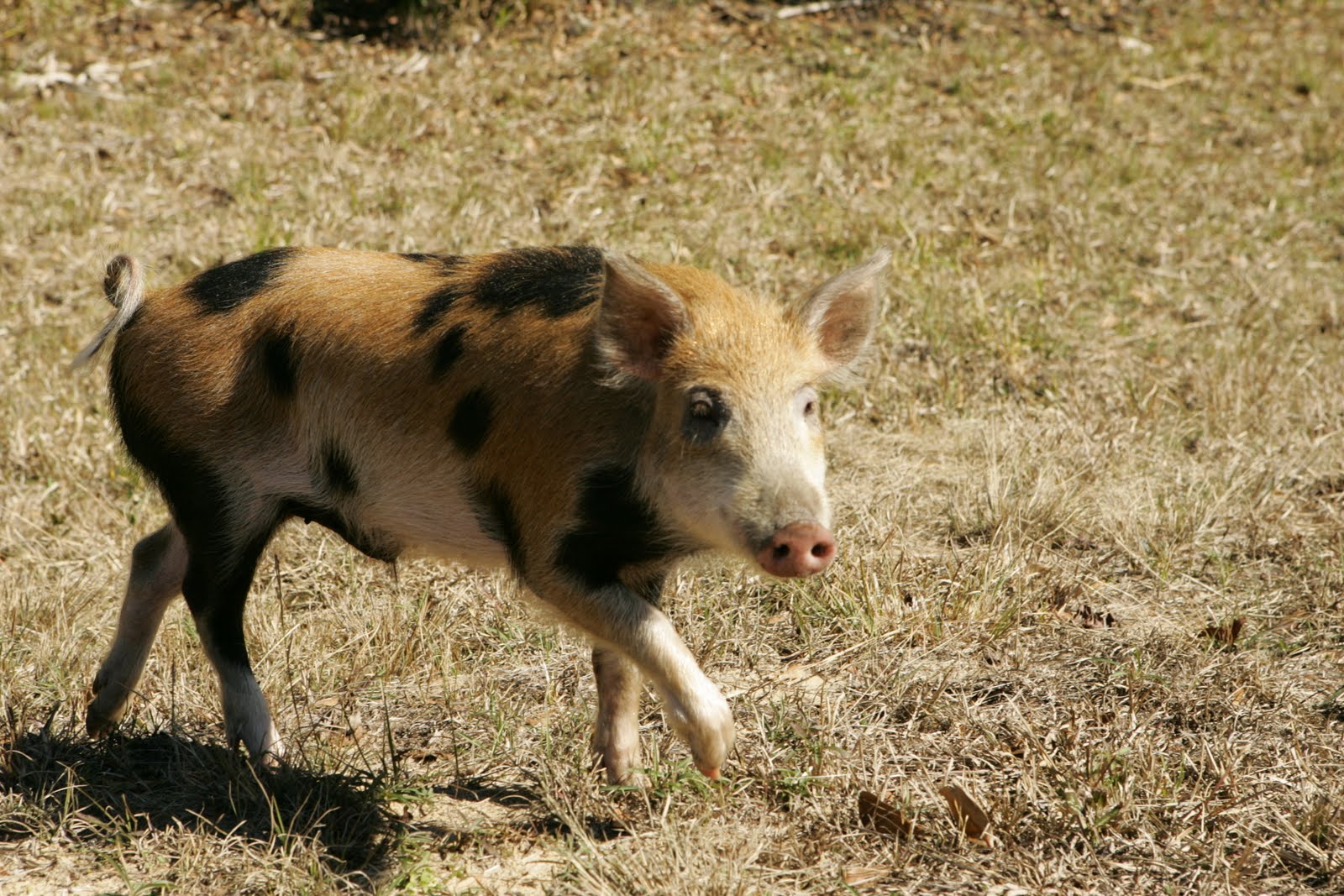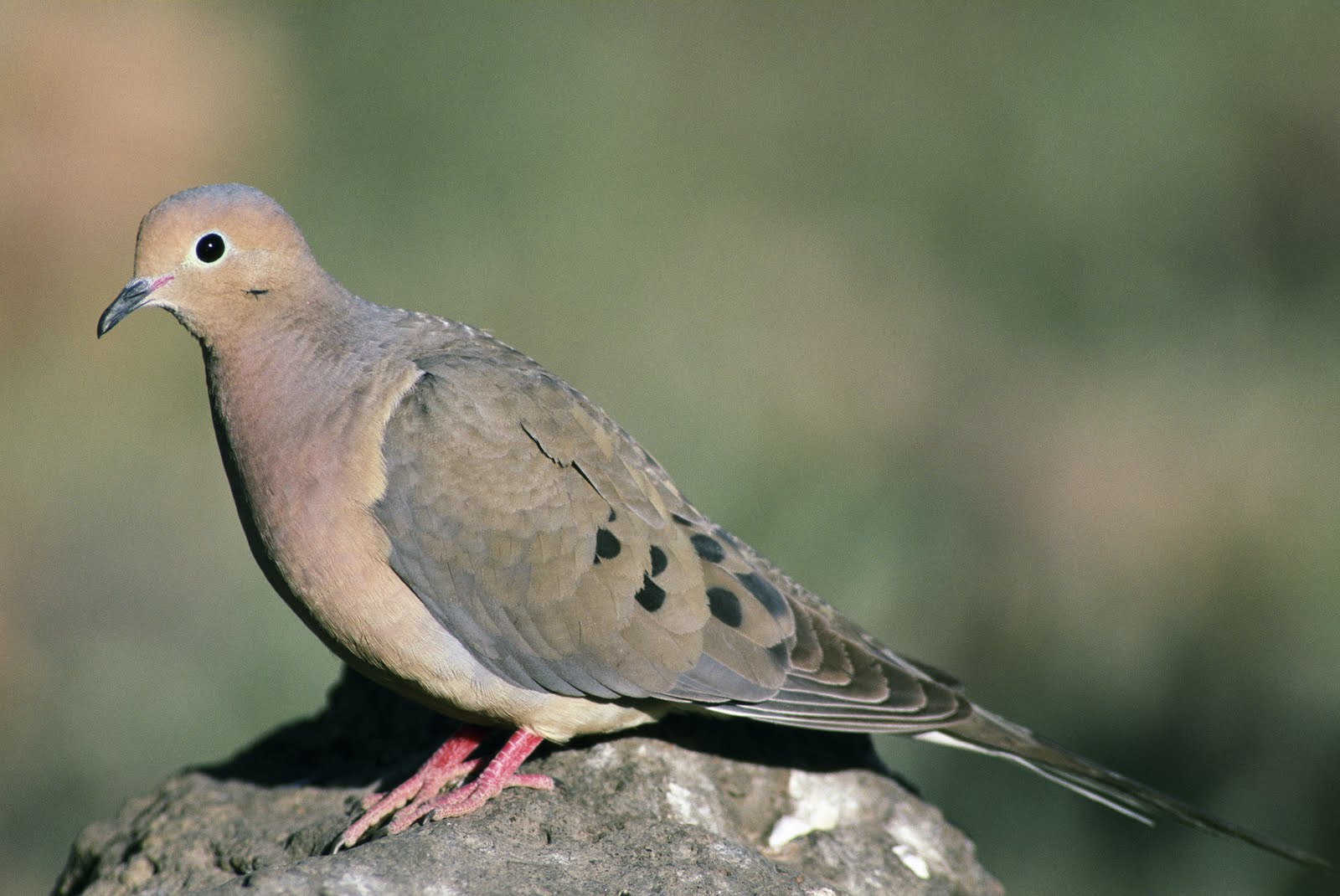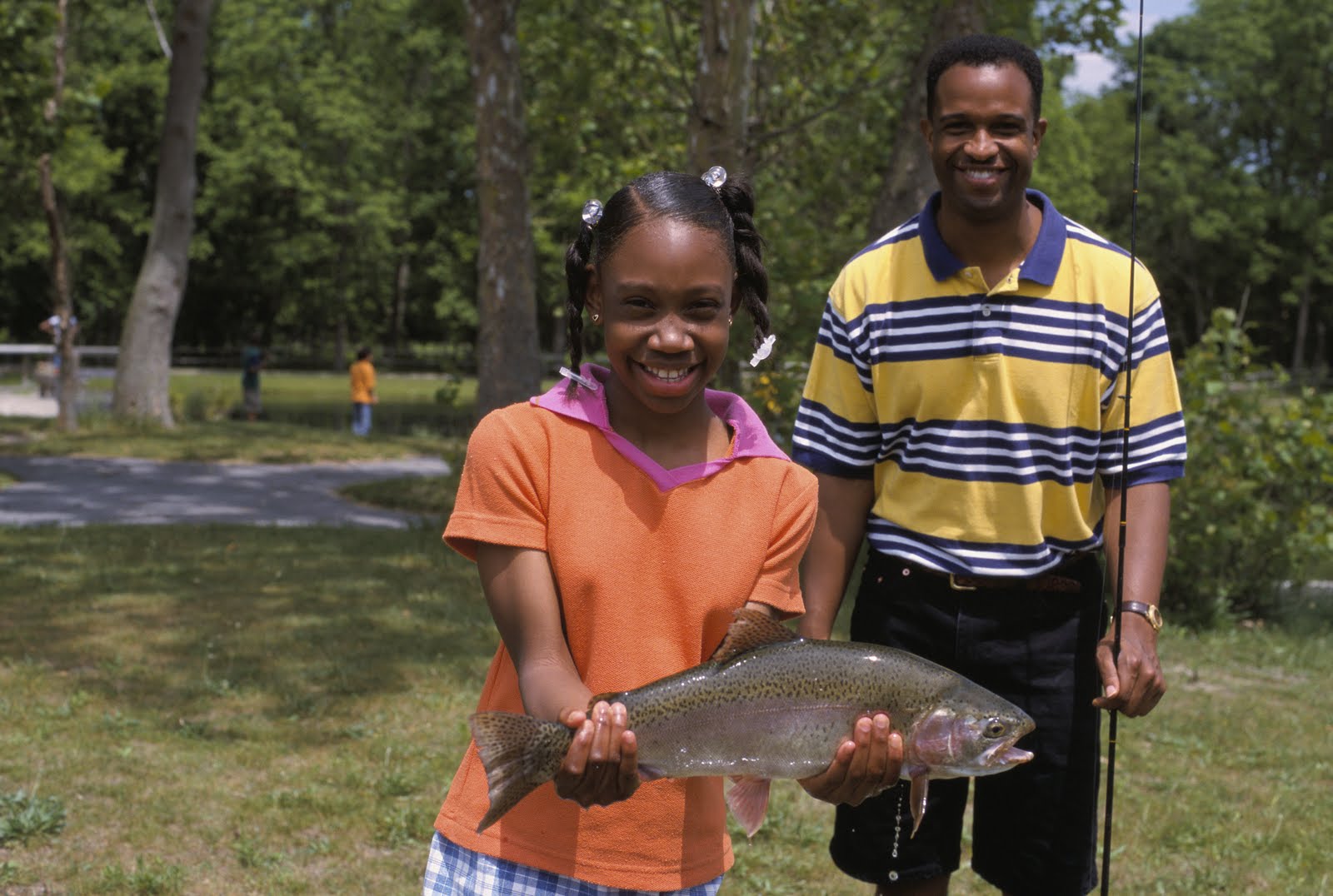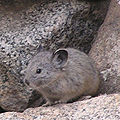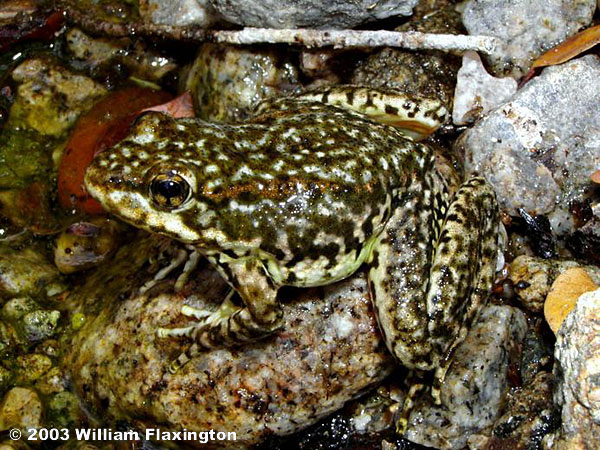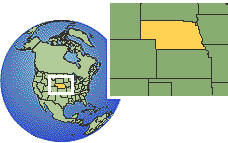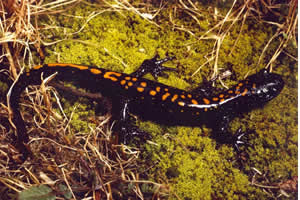 |
| Santa Cruz long-toed salamander |
California scooped up nearly half of the $53 million in U.S. Fish and Wildlife Service’s Cooperative Endangered Species Conservation Fund (CESCF) grants that were announced by the service last week. The grants are in three programs: the Habitat Conservation Plan Land Acquisition Grants Program, the Habitat Conservation Planning Assistance Grants Program, and the Recovery Land Acquisition Grants Program.The grants fund land purchases and facilitate partnerships with private landowners, conservation groups and other government agencies.
Forty-eight projects in 17 states were funded. Fifteen of those projects were in California, and they received grants totally $24.9 million.
Last year the service began accepting applications for the grants on November 16. No word on this year’s date.
The US Fish and Wildlife Service’s press release.
The complete list of grants awarded.
General information about the endangered species program’s grants.
Photo: One of the beneficiaries of California’s Endangered Species grant bonanza. Photo courtesy of the US Fish and Wildlife Service

